Compositional grading of colloidal quantum dots enables electrically driven amplification of light, bringing electrically driven lasers from these materials very close.
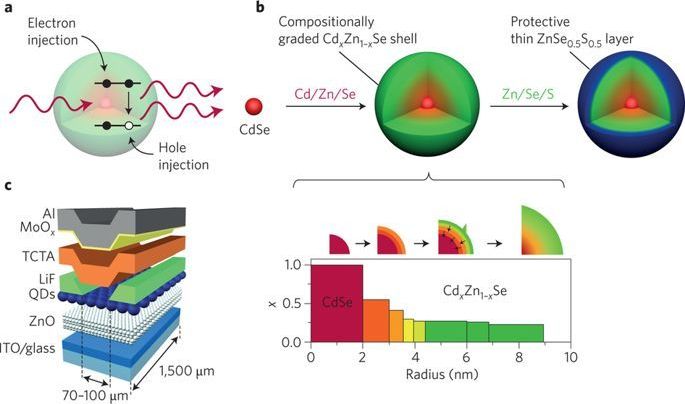

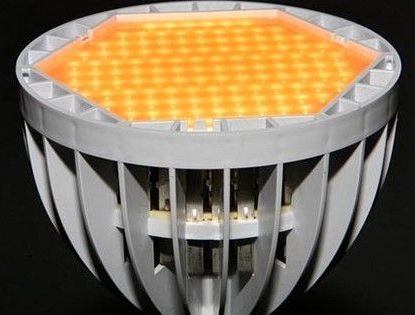
LED lights have been working on overcoming two challenges: Generating pleasing light, and being low-cost. QD Vision and Nexxus Lighting have been working together on the first of these. Nexxus made LED lamps with white LEDs, and QD Vision is providing a cover with a coating of specially tuned quantum dots that help make the light-color more pleasing to the eye (mostly by adding some red into the mix, making the final result closer to what people are used to).
Photo: Mark Lennihan


There is a new battery type being hyped, with terms such as “Quantum Glass” battery or even “The Jesus Battery” and a claim that “It Will Ignite the Global $3 Trillion Electric Car Revolution.” Go and see it for yourself at investorplace.com (video transcript available from me), Forbes, and other financial information services.
This touted breakthrough in battery technology is the latest in a slew of innovative ideas that include “batteries made with sand,” “stretchable batteries,” “foam batteries,” “pee powered batteries,” “laser-made micro-super-capacitors” and more (13 Amazing Battery Innovations That Could Change The World).

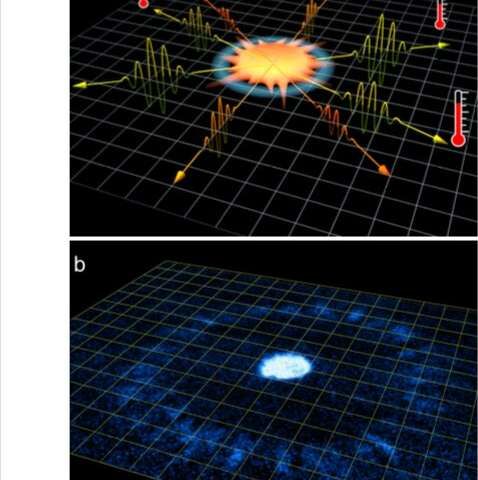
Researchers at the University of Chicago (UChicago) have recently reported an experimental observation of a matter field with thermal fluctuations that is in accordance with Unruh’s radiation predictions. Their paper, published in Nature Physics, could open up new possibilities for research exploring the dynamics of quantum systems in a curved spacetime.
“Our team at UChicago has been investigating a new quantum phenomena called Bose fireworks that we discovered two years ago,” Cheng Chin, one of the researchers who carried out the study, told Phys.org. “Our paper reports its hidden connection to a gravitational phenomenon called Unruh radiation.”
The Unruh effect, or Unruh radiation, is closely connected to Hawking radiation. In 1974, theoretical physicist Stephen Hawking predicted that the strong gravitational force near black holes leads to the emission of a thermal radiation of particles, which resembles the heat wave emitted by an oven. This phenomenon remains speculative with no direct experimental confirmation.
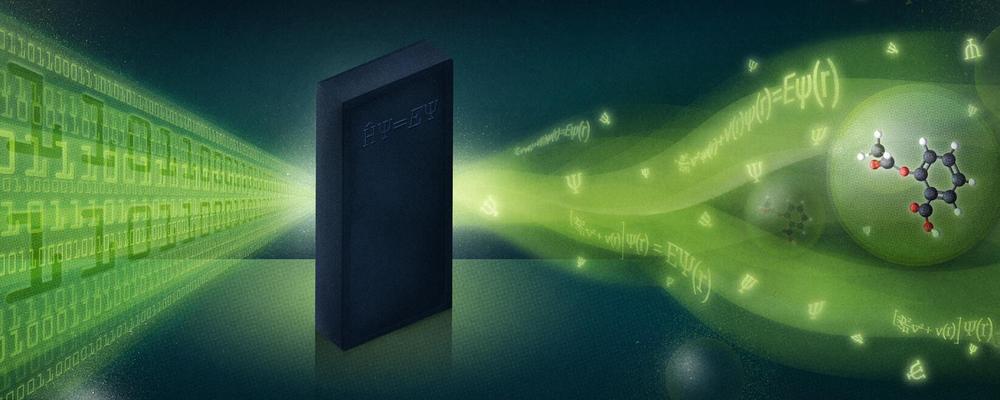
The special properties of quantum computers should make them ideal for accurately modelling chemical systems, Philip Ball discovers.
‘If you want to make a simulation of nature,’ the legendary physicist Richard Feynman advised in 1981, ‘you’d better make it quantum-mechanical.’ By ‘nature’, Feynman meant ‘stuff’: the particles and atoms and molecules we’re made from. His comment came in a talk published the following year, and is generally regarded as the founding text of quantum computing. It now looks even more prophetic than ever.
For although we are constantly told that the unique selling point of quantum computers is their enormous speed compared with the classical devices we currently use – a speed-up that exploits the counterintuitive laws of quantum mechanics – it seems that the most immediate benefit will be the one Feynman identified in the first place: we’ll be able to simulate nature better.
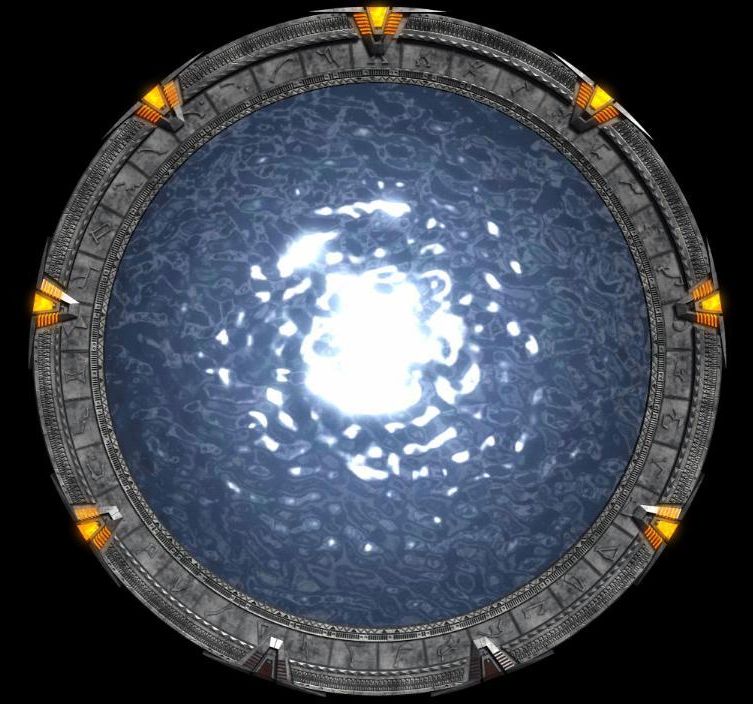
I was hoping to post this earlier, but a heavy dose of writer’s block set in (I met a girl, and no, this blog didn’t help — but she is a physicist!) I also got lost in the rabbit hole that is quantum teleportation. My initial intention with this series of posts was simply to clarify common misconceptions and to introduce basic concepts in quantum information. However, while doing so, I started a whirlwind tour of deep questions in physics which become unavoidable as you think harder and deeper about quantum teleportation. I’ve only just begun this journey, but using quantum teleportation as a springboard has already led me to contemplate crazy things such as time-travel via coupling postselection with quantum teleportation and the subtleties of entanglement. In other words, quantum teleportation may not be the instantaneous Stargate style teleportation you had in mind, but it’s incredibly powerful in its own right. Personally, I think we’ve barely begun to understand the full extent of its ramifications.
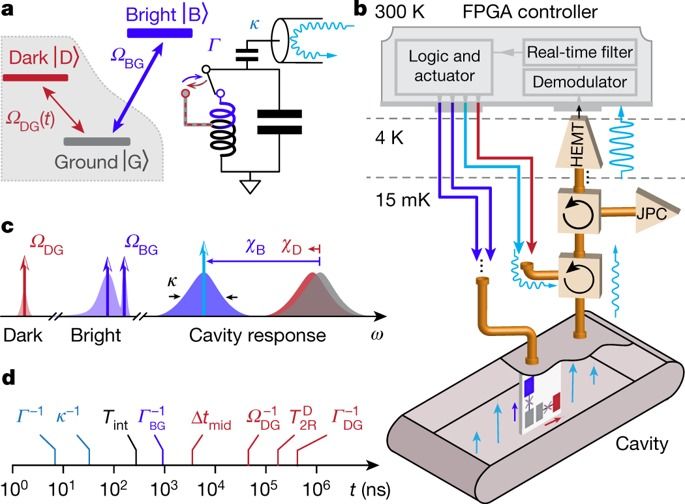
In quantum physics, measurements can fundamentally yield discrete and random results. Emblematic of this feature is Bohr’s 1913 proposal of quantum jumps between two discrete energy levels of an atom. Experimentally, quantum jumps were first observed in an atomic ion driven by a weak deterministic force while under strong continuous energy measurement2,3,4. The times at which the discontinuous jump transitions occur are reputed to be fundamentally unpredictable. Despite the non-deterministic character of quantum physics, is it possible to know if a quantum jump is about to occur? Here we answer this question affirmatively: we experimentally demonstrate that the jump from the ground state to an excited state of a superconducting artificial three-level atom can be tracked as it follows a predictable ‘flight’, by monitoring the population of an auxiliary energy level coupled to the ground state. The experimental results demonstrate that the evolution of each completed jump is continuous, coherent and deterministic. We exploit these features, using real-time monitoring and feedback, to catch and reverse quantum jumps mid-flight—thus deterministically preventing their completion. Our findings, which agree with theoretical predictions essentially without adjustable parameters, support the modern quantum trajectory theory5,6,7,8,9 and should provide new ground for the exploration of real-time intervention techniques in the control of quantum systems, such as the early detection of error syndromes in quantum error correction.
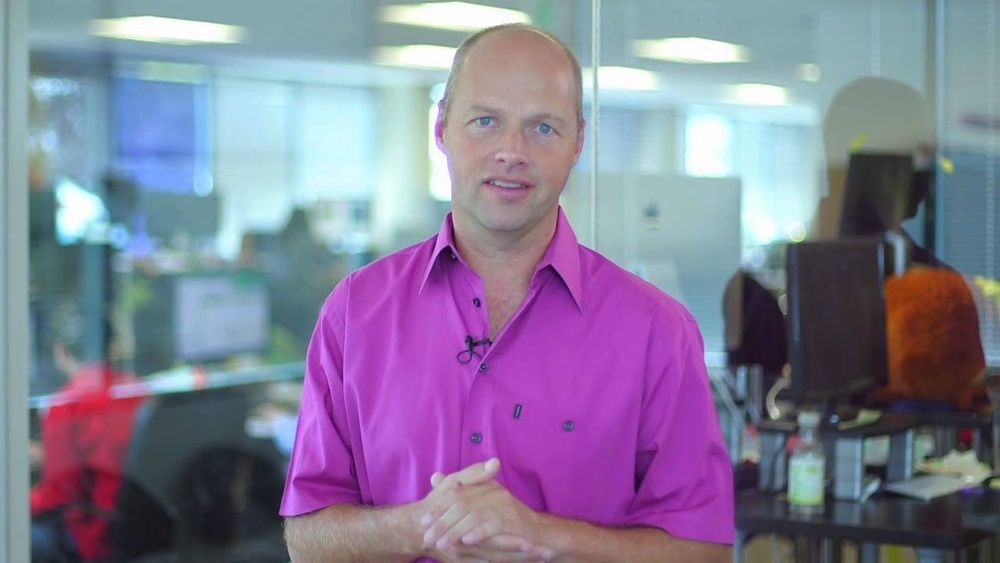
Artificial Intelligence (AI) is a field that has a long history but is still constantly and actively growing and changing. Artificial Intelligence (AI) technology is increasingly prevalent in our everyday lives. It has uses in a variety of industries from gaming, journalism/media, to finance, as well as in the state-of-the-art research fields from robotics, medical diagnosis, and quantum science.
 Udacity was born out of a Stanford University experiment in which Sebastian Thrun and Peter Norvig offered their “Introduction to Artificial Intelligence” course online to anyone, for free. Over 160,000 students in more than 190 countries enrolled and not much later, Udacity was born.
Udacity was born out of a Stanford University experiment in which Sebastian Thrun and Peter Norvig offered their “Introduction to Artificial Intelligence” course online to anyone, for free. Over 160,000 students in more than 190 countries enrolled and not much later, Udacity was born.
Udacity, a pioneer in online education, is building “University by Silicon Valley”, a new type of online university that: – teaches the actual programming skills that industry employers need today; – delivers credentials endorsed by employers, because they built them; – provides education at a fraction of the cost and time of traditional schools.